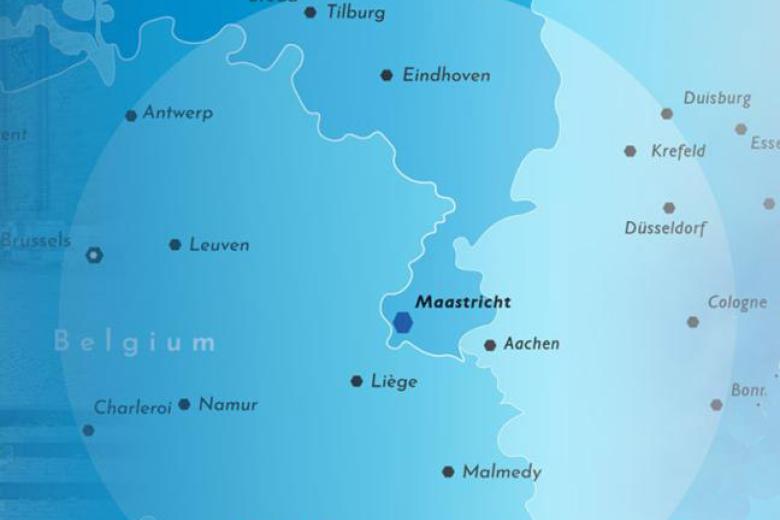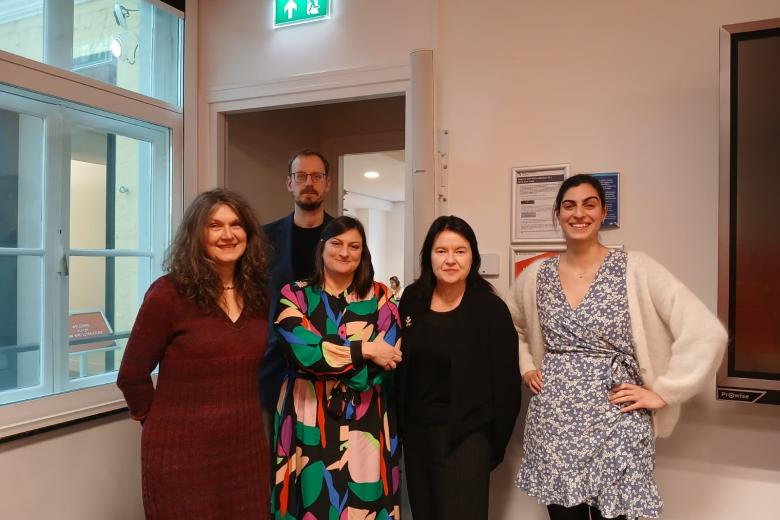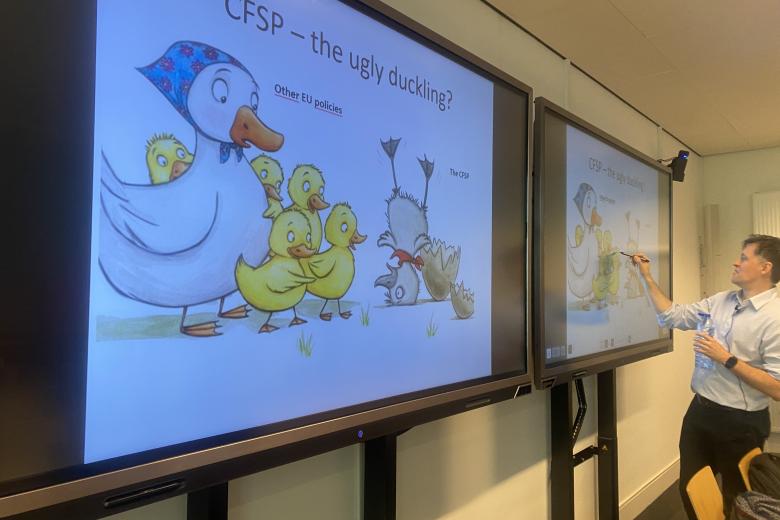AI tool for the fully automated segmentation of the inner ear on
A new method of mapping the inner ear by means of Artificial Intelligence (AI). This is what Radiomics, the Belgian start-up and UM spin-off, has developed in close cooperation with doctors and scientists from Maastricht UMC+, Maastricht University (UM), the University Hospital Antwerp (UZA) and the University of Antwerp.
The inner ear, also known as the labyrinth, is a complex structure located in the temporal bone. Understanding changes and variations within this anatomical structure can help to diagnose and predict several conditions, such as inflammatory and neoplastic processes. However, to analyze such a small structure there is the need to carefully define its borders and shape and the task is challenging given the dimensions. Up to know, radiologists had to undertake this task manually, which is time consuming and not entirely reproducible between different clinicians. To avoid these shortcomings, a novel tool for the automatic identification of the inner ear has been developed. This tool is based on Artificial Intelligence algorithms which allow to automatically identify and define the borders and 3D structure of the inner ear, also in the case of severe malformations.
This AI tool was used to study more than 1000 magnetic resonance scans (MRI) coming from different centers and hospitals in Belgium and the Netherlands. The performances of this software were found to be comparable to the one of an experienced radiologist with the added value of being faster and more precise. Each scan can be processed in a matter of seconds and the reproducibility of this automatic segmentation is 100%. This tool can be of invaluable help to clinicians for surgical planning, diagnosis, therapy follow up and training of young radiologist.
Also read
-
DigiMach places Meuse-Rhine Euroregion at the heart of industrial digitalisation
DigiMach (Digital Machining) is a new cross-border project uniting Belgium, Germany, and the Netherlands around a common goal: accelerating the digitalisation of the machining industry in the Meuse-Rhine Euroregion.
-
Globalisation & Law Network seminar with Áine Ryall
On 24 November 2025, the Globalisation & Law Network, together with the Institute for Globalisation and International Regulation (IGIR) held the seminar with Professor Áine Ryall.
-
Guest Lecture: Lóránt Havas explores current challenges in the EU’s CFSP
Lóránt Havas delivered a guest lecture on the EU’s evolving CFSP, discussing key legal developments, institutional challenges, and new defence instruments.